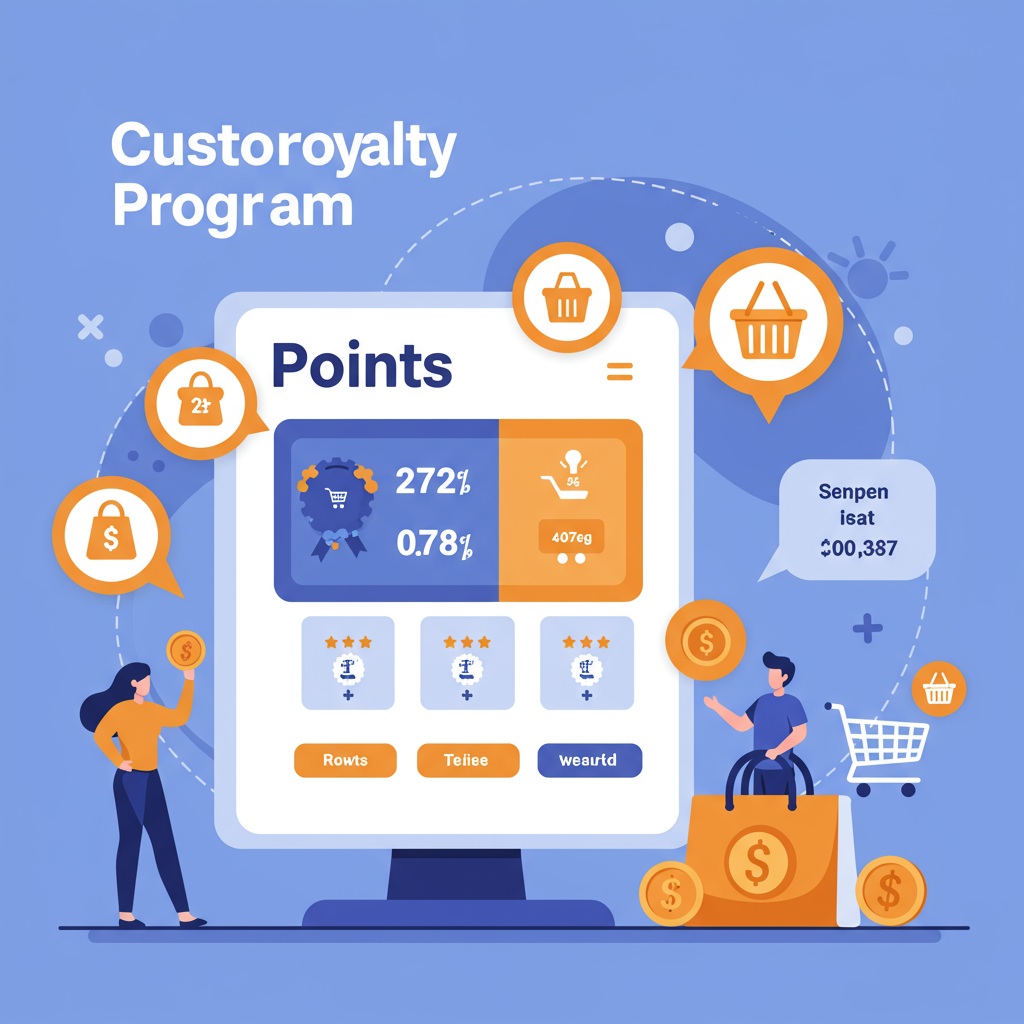Unlock the secrets to building lasting customer relationships and boosting your Shopify store’s growth through effective loyalty initiatives.
As a Shopify merchant, you’re constantly looking for ways to grow your business and build a thriving customer base.
Acquiring new customers is essential, but retaining existing ones is often more cost-effective and profitable in the long run.
This is where customer loyalty programs come into play. They are powerful tools designed to reward your best customers and encourage repeat purchases.
Today, I want to share with you some of the most effective customer loyalty program ideas that you can implement right on your Shopify store.
My goal is to provide you with a comprehensive guide, helping you understand the ‘why’ and ‘how’ of building a loyal customer community.
First, let’s consider why loyalty programs are so crucial. They significantly increase customer lifetime value (LTV).
A loyal customer spends more over time, is less price-sensitive, and is more likely to recommend your brand to others.
They also help reduce customer churn, keeping your existing customers engaged and less likely to switch to competitors.
Implementing a loyalty program on Shopify is made easy with a variety of apps available in the Shopify App Store, or even through custom development if you have specific needs.
Let’s dive into some popular types of loyalty programs. The most common is the points-based system.
With a points-based program, customers earn points for every purchase they make, which can then be redeemed for discounts, free products, or exclusive rewards.
For example, you might offer 1 point for every dollar spent, and 100 points can be redeemed for a $5 discount. It’s simple and transparent.
Another highly effective model is the tiered loyalty program. This system categorizes customers into different tiers based on their spending or engagement.
As customers reach higher tiers, they unlock progressively better rewards, such as higher point multipliers, exclusive access to sales, or personalized customer service.
This creates a sense of aspiration and encourages customers to spend more to reach the next level of benefits.
We also see success with paid loyalty programs, often referred to as VIP clubs. Customers pay a recurring fee to access exclusive benefits.
Think of Amazon Prime; while not a traditional loyalty program, it exemplifies the concept of paying for premium perks like free shipping and exclusive content.
For your Shopify store, this could mean a monthly fee for free express shipping, early access to new collections, or members-only discounts.
Experiential or perks-based programs focus less on discounts and more on unique experiences or non-monetary rewards.
This might include invitations to exclusive events, personalized styling sessions, or even charitable donations made in the customer’s name.
Referral programs, while distinct, often integrate seamlessly with loyalty initiatives. Reward existing customers for bringing in new ones.
For instance, both the referrer and the new customer could receive a discount on their next purchase. This leverages word-of-mouth marketing.
When designing your program, I strongly advise making it easy to understand. Complicated rules will deter participation.
Ensure the rewards are genuinely valuable and desirable to your target audience. Generic discounts might not always cut it.
Consider an omnichannel approach. Your loyalty program should be consistent across your online store, physical locations (if any), and customer service interactions.
Personalization is key. Use customer data to offer relevant rewards and communicate in a way that resonates with them.
Don’t forget to promote your program! Make it visible on your website, in email campaigns, and on social media.
Track your program’s performance using metrics like redemption rates, average order value of loyal customers, and customer lifetime value.
Regularly analyze this data to optimize your program and ensure it’s delivering the desired results for your business.
A common pitfall I’ve observed is not refreshing rewards or communicating program updates. Keep it dynamic and engaging.
Another mistake is making the rewards too difficult to earn or redeem, leading to customer frustration.
Remember, the goal is to build lasting relationships, not just to incentivize single purchases.
I truly believe that a well-executed loyalty program can transform your Shopify store’s growth trajectory.
It fosters a sense of community and appreciation, turning one-time buyers into lifelong advocates.
So, what do you think about this article? Are there any specific loyalty program ideas you’re considering for your Shopify store?
I encourage you to start small, test different approaches, and scale up what works best for your unique customer base.
Building loyalty takes time and effort, but the returns in customer retention and brand advocacy are immeasurable.
I hope these insights provide a solid foundation for you to launch or enhance your Shopify loyalty program.
Let’s build stronger customer relationships together!






